Of the Tooth enamel (enamelum) is the outermost layer above the so-called tooth crown, the part of the tooth that protrudes from the gums into the oral cavity. The enamel is one of the toughest and hardest tissues in our body and protects the tooth from irritation and damage.
What is tooth enamel?

Through the Enamel a tooth receives a shell that has to withstand great pressure when the food is crushed. It protects the tooth from damage and wear and tear and is the hardest substance in the human body due to its fluorine compound, hydroxyapatite.
Due to this hardness, the enamel can only be worked on at the dentist's with rotating instruments equipped with diamond grains.
The enamel is arranged in hexagonal prisms that are held together by a cement substance. Due to this crystalline structure, the enamel shines. Since it is not supplied with blood, once destroyed enamel cannot be built up again.
Anatomy & structure
Of the Enamel consists of a combination of different mineral components and is usually up to 2.5 millimeters thick.
The crystalline material hydroxyapatite, consisting of calcium and phosphate, is the main component of tooth enamel. It ensures that water-soluble substances and fluoride can penetrate the enamel. In turn, fluoride converts the hydroxyapatite into the much harder substance fluorapatite and is therefore also used in toothpaste.
Tooth enamel is neither supplied with blood nor has nerves, which is why there is no pain if caries only destroys the enamel. It is already formed in the jawbone before the tooth breaks through into the oral cavity.
On the surface of the enamel, the upper cuticle (cuticula dentis) is repeatedly formed from the saliva.
Function & tasks
Healthier Enamel Due to its extraordinary hardness, it can withstand almost any load. This extremely resistant substance protects the tooth from wear and tear as well as decalcification by acids that are contained in food.
The enamel evens out temperature fluctuations and prevents bacterial attack on the tooth. The hardness of the enamel is based on the content of calcium phosphate and fluorine.
The more the tooth enamel contains of these two substances, the better it is protected against external attacks.
The upper skin of the tooth enamel, an invisible coating on the enamel, is created from components of saliva. When you brush your teeth, this coating is brushed away in order to then form again. It has a protective and repair function.
Illnesses & ailments
Enamel may be extremely hard and therefore able to withstand most mechanical loads. But acids and bacteria manage to remove the substances calcium and phosphate from the enamel, thereby softening it, which makes the tooth prone to tooth decay.
It does this by causing bacteria that produce acid from the sugars (carbohydrates) in food to attach themselves to the skin of the tooth enamel. Particularly where the toothbrush or tongue does not reach, the layer of bacteria thickens and dental plaque (plaque or biofilm) forms.
The action of acid also roughen the upper skin of the tooth enamel, which can gradually build up thicker layers of plaque on the teeth.
All substances that can repair the damage in the enamel after an acid attack are available in saliva. However, these substances can also be deposited in dental plaque, causing calcification and thus tartar. The development of tooth decay or tooth decay is favored by tartar. To begin with, tooth decay does not cause pain.
Symptoms only arise when the tooth enamel is already damaged. In order to save the tooth, the carious substance must be removed by the dentist and the hole refilled.
Regular and careful brushing is essential to protect the enamel and thus the teeth. Interdental spaces should be cleaned with a brush or floss.
Sour fruit juice and fruit consumption roughen the tooth enamel and make it more vulnerable, which is why you should wait a while before brushing your teeth until the plaque has built up again through the saliva.


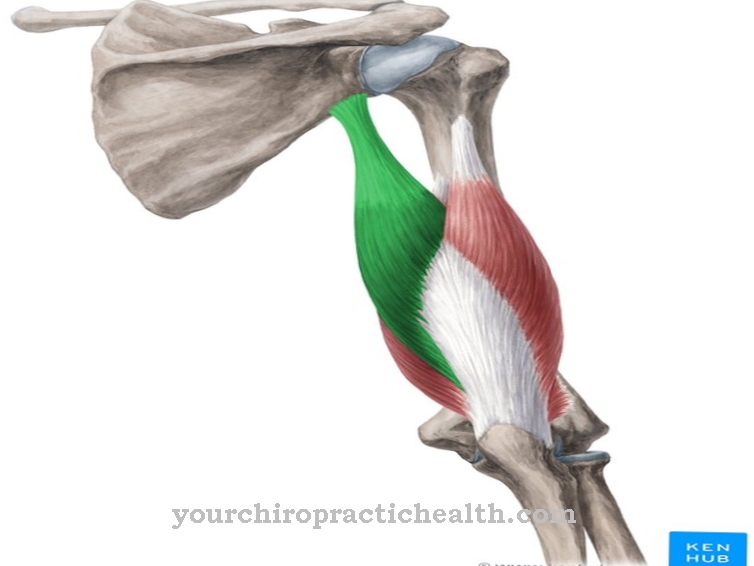
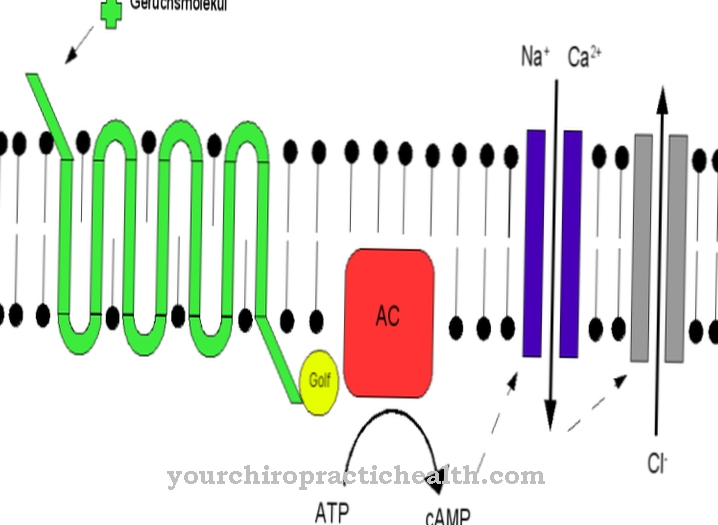
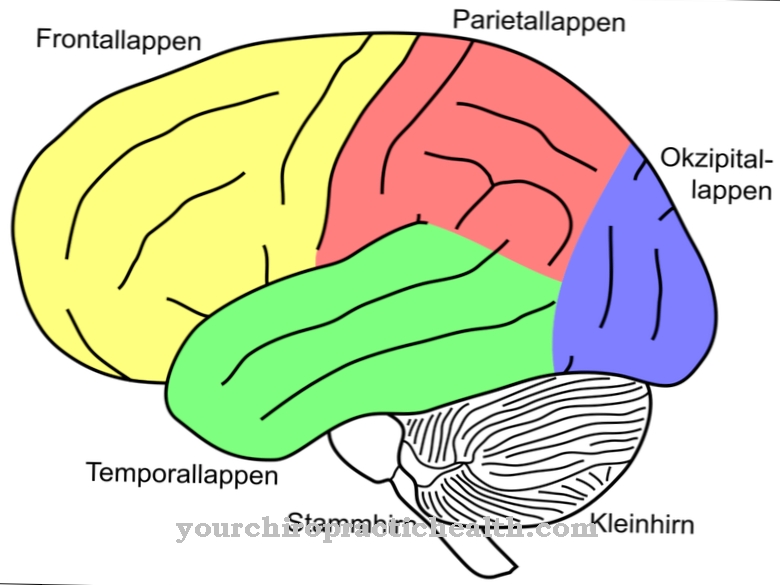
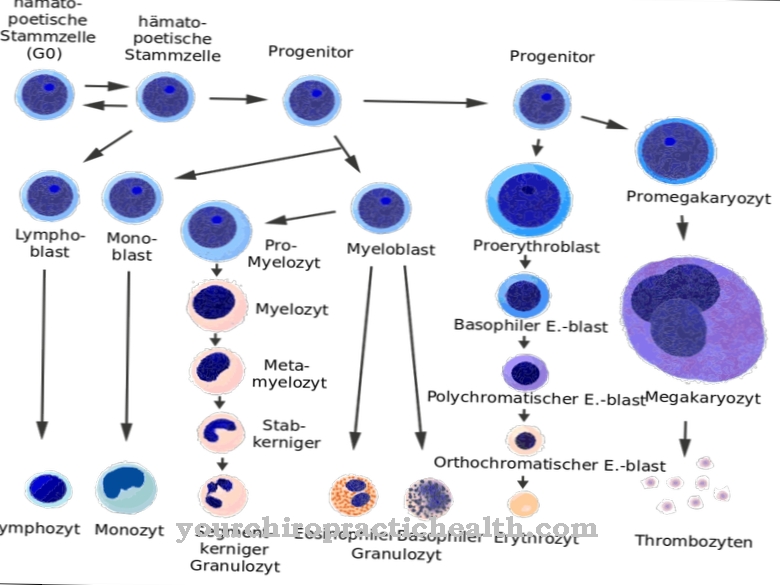
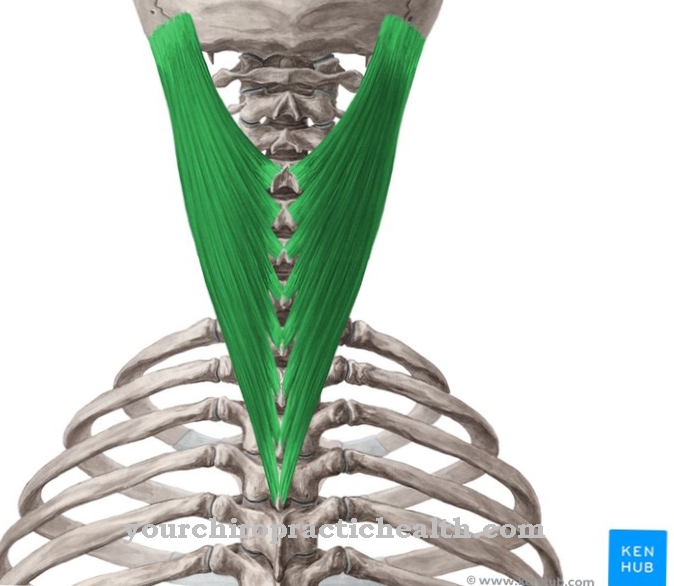






.jpg)

.jpg)
.jpg)











.jpg)